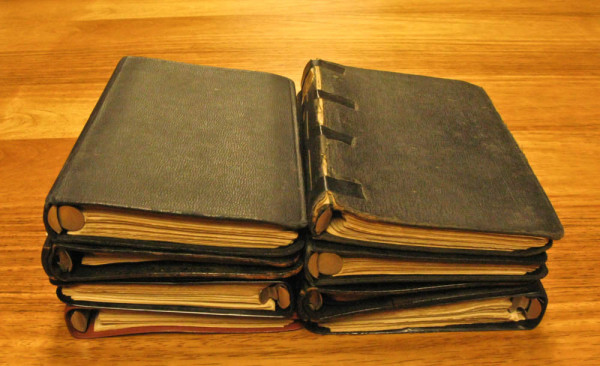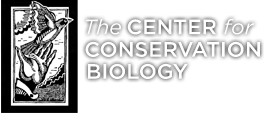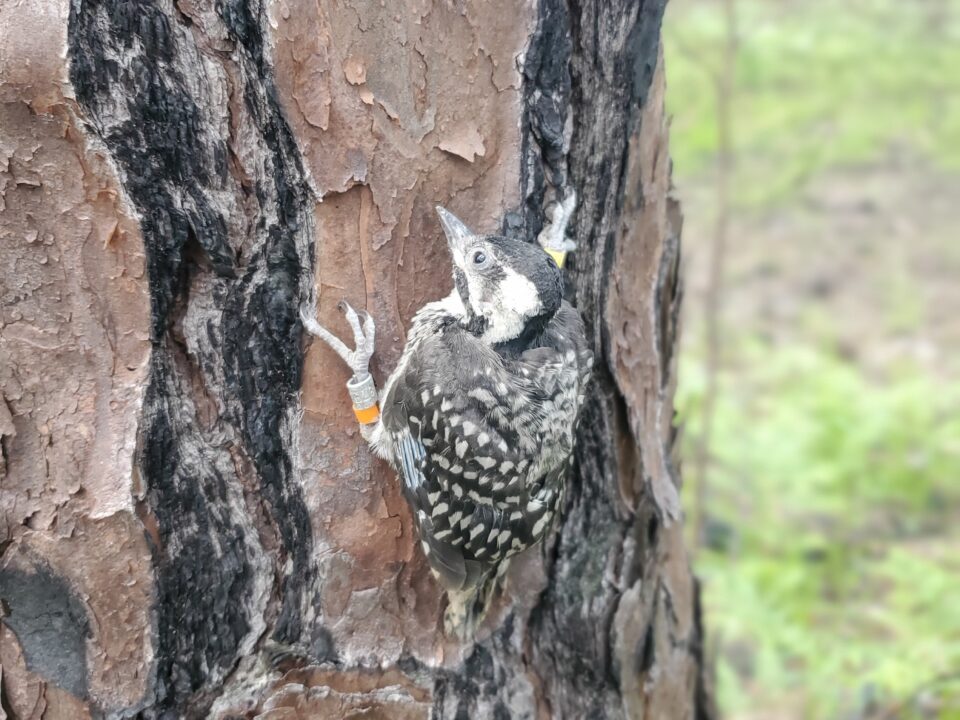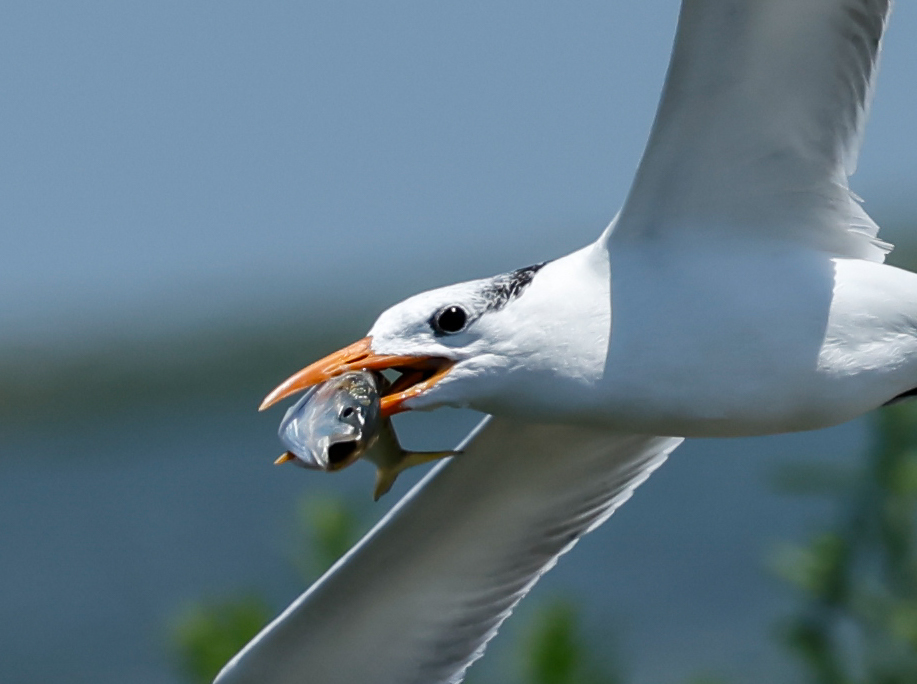Our Avian Heritage
At Home on the Islands
March 30, 2016
Grace Spends Week at Research Station 3/31/2016
April 4, 2016
Most students of natural history wonder about earlier times. Most of us are puzzle builders attempting to see a species in full relief. Over and over we place tiny fragments of information into a large, complex mosaic that we know will never be completed. We recognize intuitively that historical context is an essential part of that mosaic and we would give a great sum to sit down with a naturalist from an earlier time to ask questions that may fill in some of the gaps. How common was the species in their time? How did the species fit within the landscape? How did human use of the landscape influence distribution and abundance? How did earlier cultures view the species? In essence, we want to know how the ghosts of the past have led us to the present.

Set of field records spanning from 1949 to 1978 from Frank “Pop” Richardson. Pop was an enthusiastic birder who recorded observations from field trips mostly focused on the mid-Atlantic region.
Sadly, much of what has been known about many of our species of conservation concern by earlier naturalists has been lost to time. We can read the formal writings of selected scientists who had the means and opportunity to publish some of their findings, but these are of course incomplete records. They frequently lack the detail that leads to the insights that we crave. Simple, mundane observations that seemed to the observer to be not even worth mentioning in publications are the jewels we seek. Some of this juice, this essence of context may be found in the observer’s field notes. Field notes are records of events or observations or thoughts made at the time of observation. They are accounts made for future reference.

A page from Bryant Tyrell’s original field notes made during his historic 1936 survey of bald eagles within the Chesapeake Bay. Tyrell’s field notes give an account of the condition of the eagle population during the Great Depression.
(Read an account of some of his observations about eagle persecution at the time.)
Significant field records are being lost daily and with them potential insights into past conditions. Records that passionate field people have kept for decades are frequently discarded by family members at death. Family members that have never been self-ordained into the family of natural historians simply do not recognize the ongoing value of these records. They do not realize that for many of these people the records are held as their most valued possessions which they would protect to their last breath. Having carefully collected them during their most enjoyable hours, they would want them to live on and contribute to the knowledge of future naturalists.

A bald eagle egg card from the collection of Edward Court. Court collected bald eagle eggs from the upper Potomac for more than 30 years. This set was collected one year before the passage of the federal Bald and Golden Eagle Protection Act. The last statement on this card, “This species is getting very rare along the Potomac,” was prophetic.
More than ten years ago, CCB established the Avian Heritage Program. A project that is focused on preserving sets of historic field records for future generations. The program has a growing catalog of records. Donated and loaned sets of records are archived and scanned to be included in our digital library, and original materials are returned to the owner.
CCB is dedicated to preserving our avian heritage. If you have collected field records yourself or have those from a relative or friend and would like to have them preserved, please contact our office at info@ccbbirds.org or 757-221-1645.
Written by Bryan Watts | bdwatt@wm.edu | (757) 221-2247
April 1, 2016



